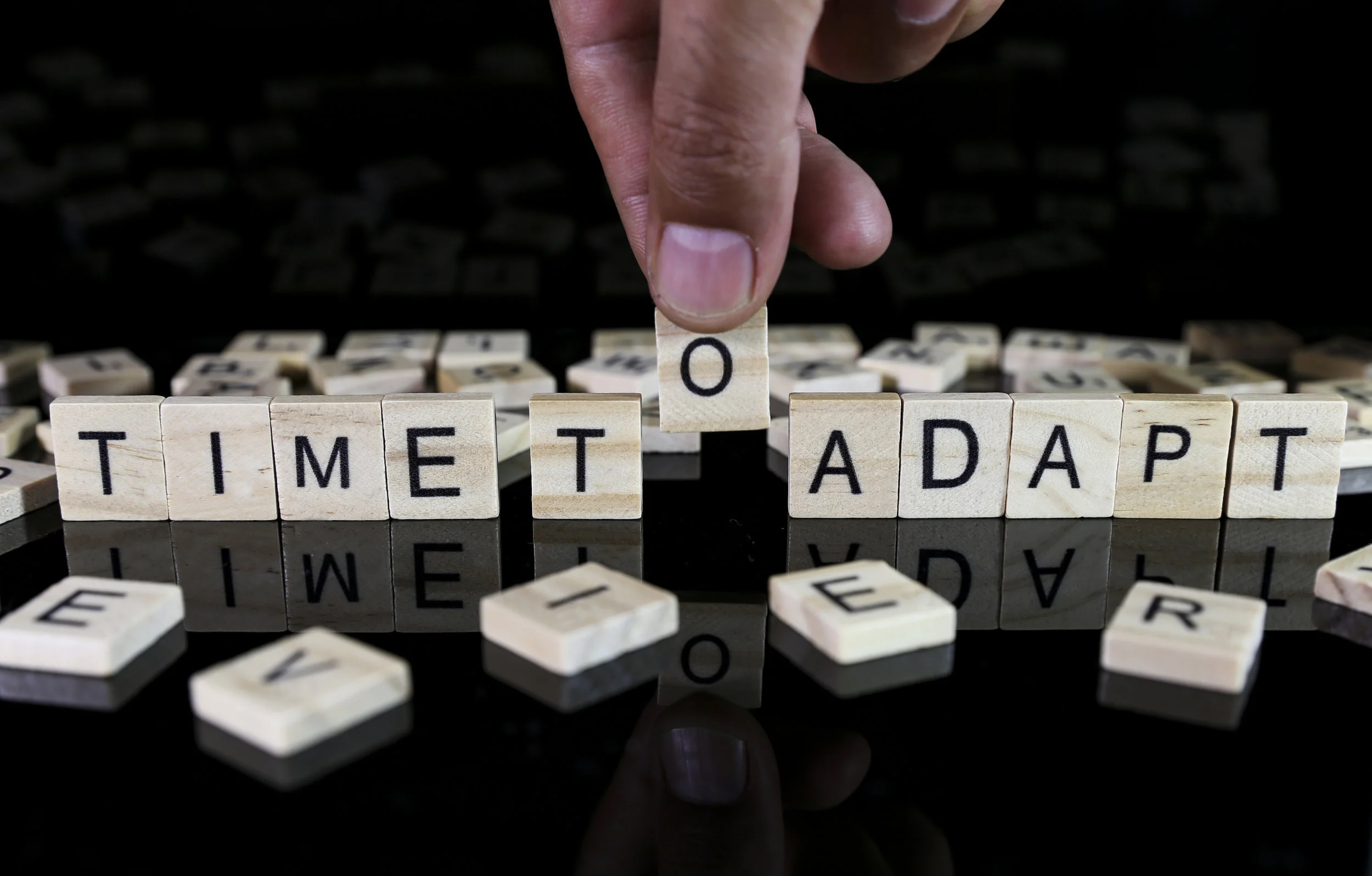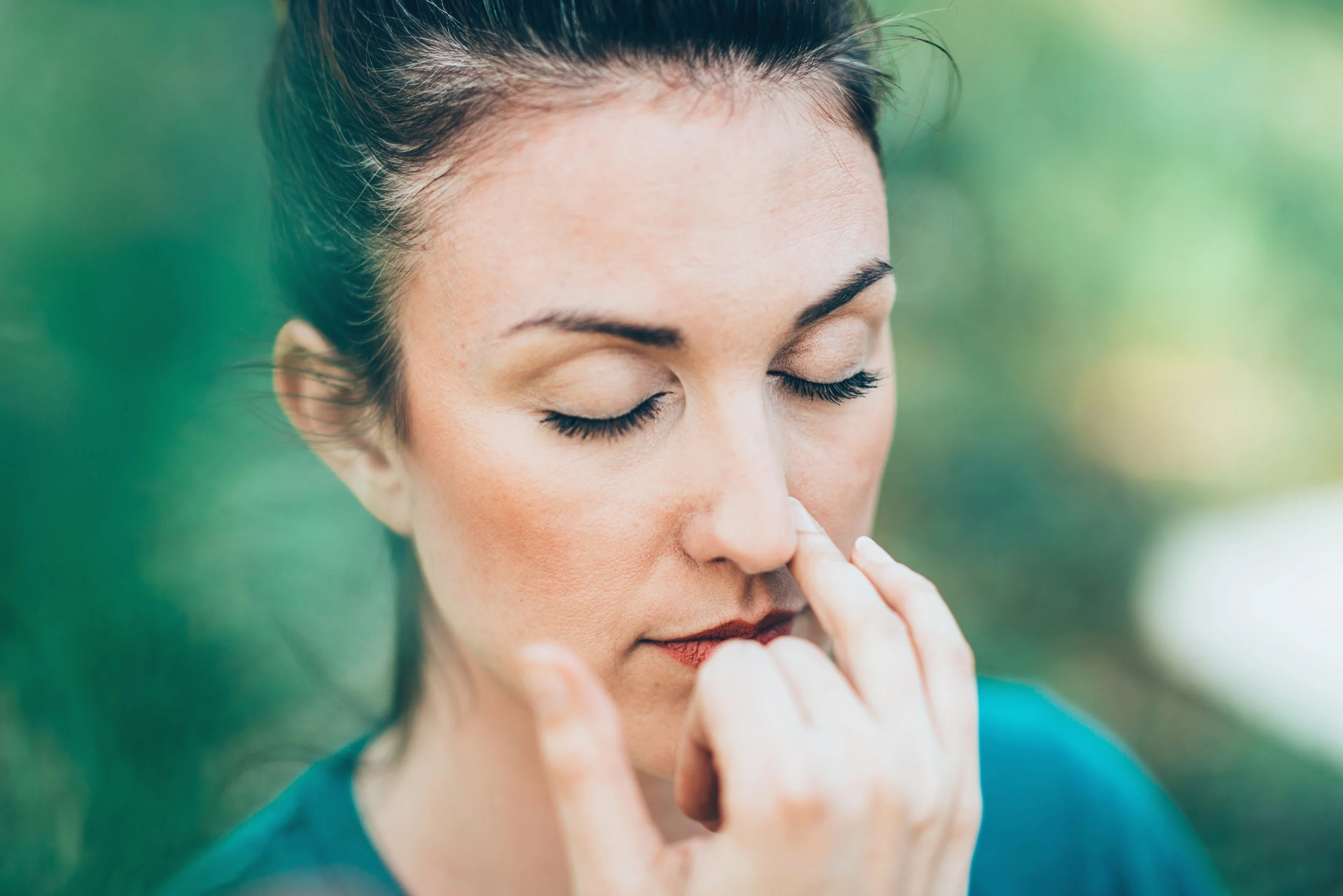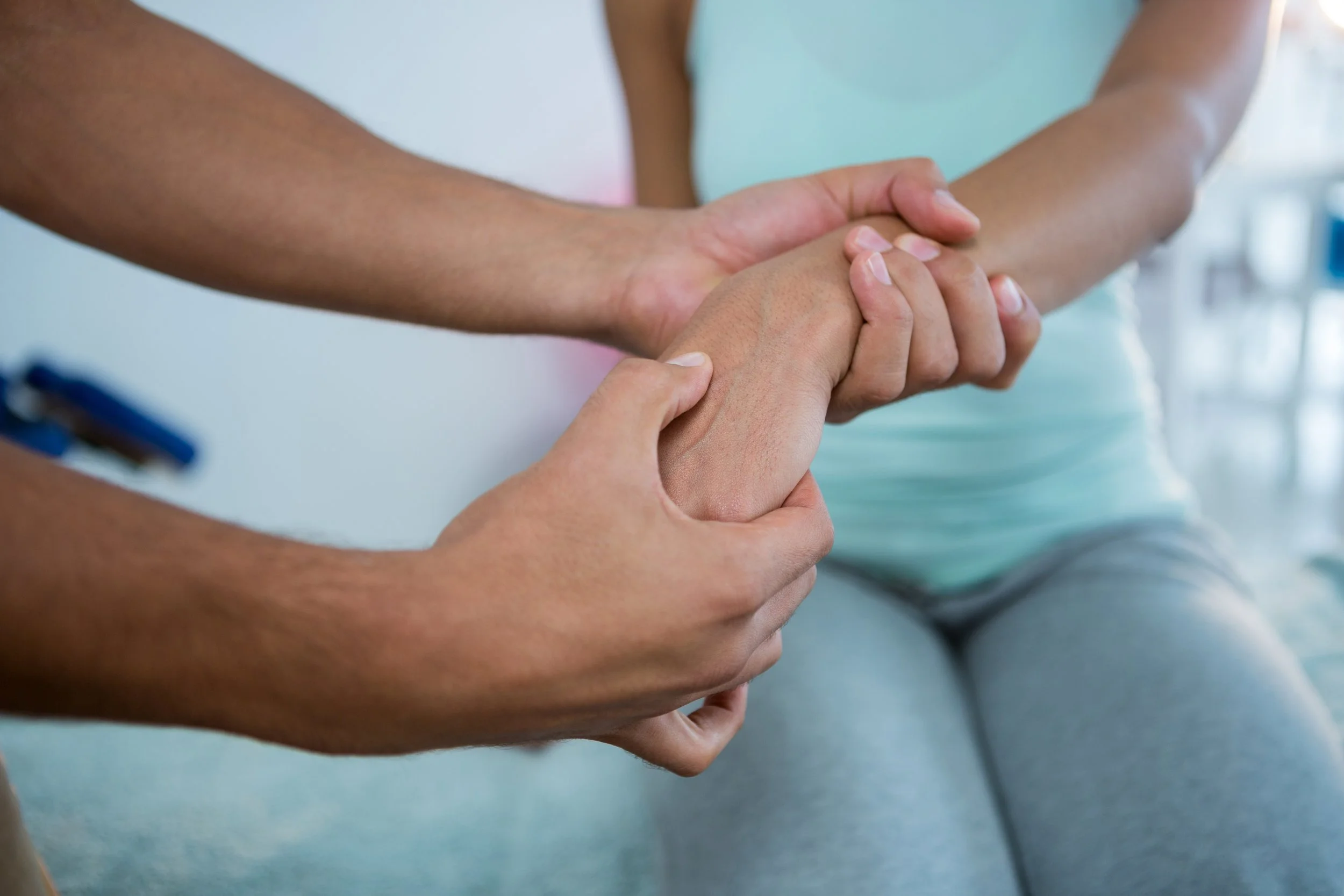Mind Body Meditation for Anxiety, Stress & Trauma Workshop
/"Meditation—even in small doses—can profoundly influence your experience of the world by remodeling the physical structure of your brain. Science is proving meditation restructures your brain and trains it to concentrate, feel greater compassion, cope with stress, and more." - Kelly McGonigal, Health Psychologist*
Improve Your Attention / Reduce Your Stress / Feel More Compassionate
For those suffering from stress, anxiety and trauma, this tool—meditation—is an approachable, accessible and fundamental way of transforming and rebuilding the brain from it's past influences—training your brain to be active in centres that power decision making, preparing it for the demands to come. In the sciencetific community it was once widely accepted the brain reaches its peak of development in adulthood and doesnt' change until it starts to decrease as we age. Today, the scientific community now knows that everything we experience actually changes the brain.
"Why are there differences between the brains of meditators and nonmeditators? It's a simple matter of training. Neuroscientists now know that the brain you have today is, in part, a reflection of the demands you have placed on it. People learning to juggle, for example, develop more connections in areas of the brain that anticipate moving objects. Medical students undergoing periods of intense learning show similar changes in the hippocampus, an area of the brain important for memory. And mathematicians have more gray matter in regions important for arithmetic and spatial reasoning."*
Mind Body Meditation is a simple, straightforward workshop that helps you get connected to your body, teaching you HOW to meditate and how to continue with your own practice. What is taught is knowledge you can carry with you for the rest of your days. Use meditation any time and any where to remold and transform your brain and the experience you have in your body and life—at the whim of your practice! The more you practice the more you train your brain to grow, repair and restore function for optimal living—changing your brain's perception of your experiences in a healthy, constructive manner.
"More practice leads to greater changes, both in the brain and in a meditator's mental states. So while a minimal investment in meditation can pay off for your well-being and mental clarity, committing to the practice is the best way to experience the full benefits."*
Shari Arial, our trauma informed Yoga Therapist, from the incredible and popular workshop series Yoga for Anxiety, Stress and Trauma, guides you through practical steps and methods to prepare you for meditation, how to practice it, and remain committed to a consistent practice. Feeling good in your mind and body is just the start, transforming your life for the long term with ongoing practice is the result.
-----Join us in this incredibly practical, gentle, and trans-formative workshop: UPCOMING MARCH DATE TO BE ANNOUNCED -----
Bring with you:
a yoga mat
water bottle
any bolsters or blankets you would like to use during the workshop
*We have pillows, bolsters, and blankets for anyone who would like to use them. Tea and water will be available for your enjoyment.
What can I expect during the workshop?
A: Students can expect centering meditation, gentle postures and movement focusing on noticing the body, breath work to build on coping skills and a short savasana.
How is this class different than a regular meditation class?
A: This class is trauma informed, meaning that the main goal is to facilitate a safe place to practice. It is a no touch class and specific wording is used as to allow the student to be in their own experience, rather than the use of imagery or 'yoga' language. Specific gentle postures are also used to facilitate release of tension from the body and calm the nervous system.
Is there talking involved?
A: No, in this setting there is no talking other than the instructor, Shari Arial, leading the class.
What will I learn?
A: Hopefully more awareness about yourself, breath and body movement to help you build your coping skills.
Do I have to have meditation experience?
A: The series is completely beginner friendly.
I have an injury / disability. Can I attend?
A: Yes, the practice is completely modifiable to your needs and how you need to practice for your body. In fact, if there was a posture you connected with, you could stay there the whole class! Please contact us ahead of time to inform us of any special needs or questions.
What are my transport/parking options getting to the event?
A: Visit our website to view our hand parking map.
Where can I contact the organizer with any questions?
A: Feel free to contact us directly via email: contact@resetwellness.ca or phone: 780.756.5265 Ask for Shari Arial and she will be happy to answer any of your questions.
PLEASE NOTE: We have a 48 hour Cancellation Policy for ALL WORKSHOPS at Reset Wellness. Please visit our website for more details before purchasing your tickets.











![Self-regulation “control [of oneself] by oneself"](https://images.squarespace-cdn.com/content/v1/55563e14e4b01769086817cb/1542845645966-PO2HGKF5JLUBM45UIWQ3/wee-lee-790761-unsplash.jpg)



















